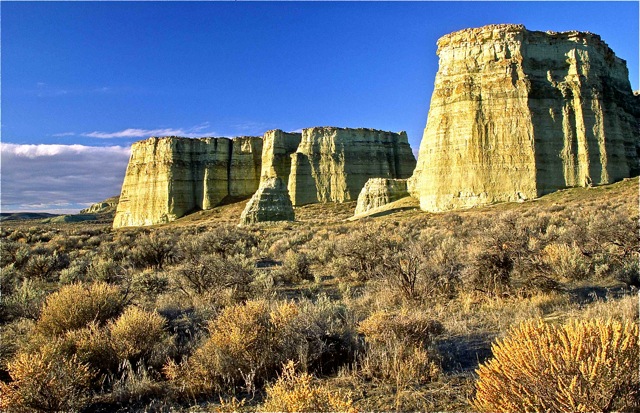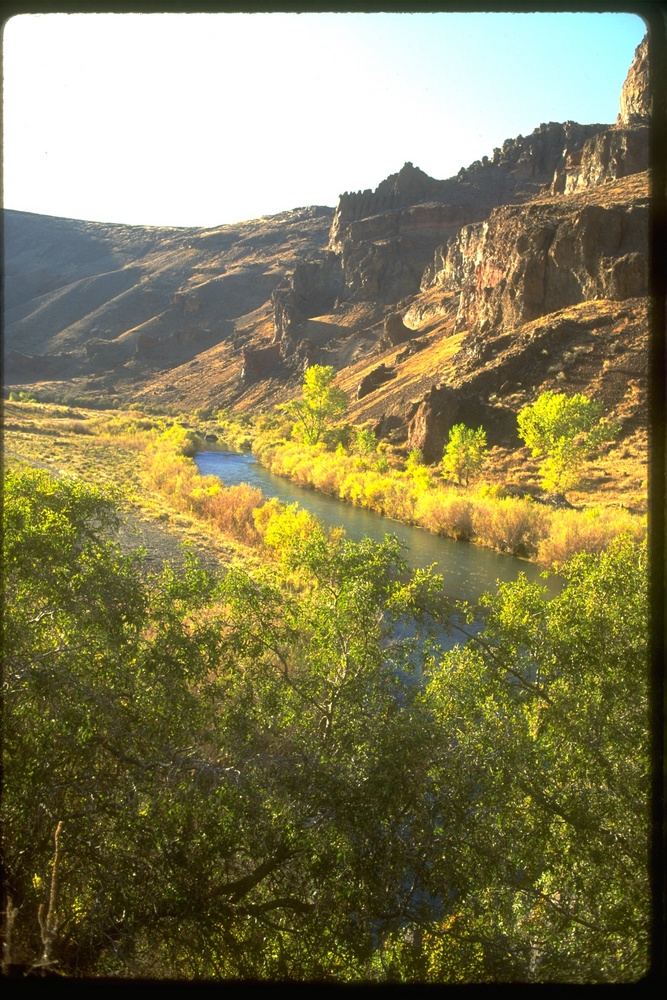Native Hawaiians were among the earliest outsiders in present-day Oregon. The future state’s first resource to be exploited by outsiders was animal pelts, highly valued for trimming garments and making hats. Prevailing winds meant that ships heading to Oregon for that purpose routinely stopped in the Hawaiian Islands, also known as the Sandwich Islands, to renew provisions and possibly acquire some Hawaiians, prized for their hard work and amenable dispositions. “Took on board four Sandwich Island men to go to the coast to strengthen the ship’s company,” ran a typical journal entry.
In the late eighteenth century, ships traded seasonally with coastal peoples for sea otter furs, and their successors provisioned permanent posts in the Pacific Northwest to acquire beaver pelts. Until the time of the American annexation of the Hawaiian Islands in 1898, over a thousand Indigenous Hawaiians, sometimes called Kanakas after the Hawaiian word for a person, made the crossing to the Pacific Northwest for this or other work, with others of varied backgrounds following them into the present day.
The Astoria adventure, to which Indigenous Hawaiians were central, initiated a transition to the land-based fur trade in the Pacific Northwest. The Lewis and Clark Expedition’s winter in 1805-1806 at Fort Clatsop near present-day Astoria turned entrepreneurs’ attention to Oregon’s possibilities. In its wake, American fur magnate John Jacob Astor dispatched two ships to construct a trading post at the mouth of the Columbia. Along the way, the party acquired forty Hawaiians, with the approval of King Kamahameha, who had just united the islands under his charge. Local historian John Papa Ii, born in 1800, recalled in old age how “this was the first time that Hawaiians went to Oregon to kill animals for their fur.”
Following the Montreal-based North West Company’s acquisition of Astoria as a consequence of the War of 1812, some Hawaiians were returned home, others stayed on, and yet others arrived. In 1821, the company was amalgamated into the London-based Hudson’s Bay Company (HBC). Hawaiians became an integral part of the HBC workforce, so much so that in 1844 the company requested from the Hawaiian Islands “a trusty educated Hawaiian of good character to read the scriptures and assemble his people for public worship.” William Kaulehelehe would do so at Fort Vancouver until its closure in 1860, when he and his wife Mary Kai moved north to Victoria, British Columbia.
Just as dependent on Hawaiians were the first American Protestant missionaries to the region. The earliest to arrive, in 1834, was Methodist Jason Lee, who contracted from the Hawaiian Islands a dozen men to function as surrogates for the local Indigenous people who he found much more difficult to bend to his will. Marcus Whitman and two colleagues jointly ordered to be sent “by the first opportunity”—rather like merchandise from a catalogue—“6 men with their families,” along with sheep of “any number from 50 to 200.” Narcissa Whitman in particular depended for her well-being on the Hawaiian men, women, and children who made up their household.
With the division of the Pacific Northwest in 1846 between Great Britain and the United States, Hawaiians were soon made aware that they were unwanted in the new Oregon Territory. Denounced by territorial delegate Samuel R. Thurston as “a race of men as black as your negroes of the South, and a race, too, that we do not desire to settle in Oregon,” Hawaiians were prohibited from acquiring land grants, being naturalized or voting, purchasing liquor, or testifying against whites in court. Over time, most Hawaiians and their descendants by local Native women who remained south of the U.S.-Canada border, while not forgetting their distinctive inheritance, made their lives on reservations.
In addition to personal names passing down through the generations, place-names record the Hawaiian presence. Owyhee River in eastern Oregon was named for three Hawaiians in the employ of the North West Company who lost their lives there in 1819. The one-time gold mining camp of Kanaka Flat and Kanaka Gulch near Jacksonville and the Applegate River speak to Hawaiians’ participation in the 1850s rush on the Rogue River Valley.
-
![Naukane, also known as John Coxe and "Old Cox," was a Pacific Islander living in Fort Vancouver in the 1840s.]()
"Old Cox," 1846, by Paul Kane.
Naukane, also known as John Coxe and "Old Cox," was a Pacific Islander living in Fort Vancouver in the 1840s. Courtesy National Park Service
-
![Sketch of Fort Vancouver by H.J. Warre, c. 1845]()
Sketch of Fort Vancouver by H.J. Warre, c. 1845.
Sketch of Fort Vancouver by H.J. Warre, c. 1845 Courtesy Oreg. Hist. Soc. Research Lib., OrHi83437
Related Entries
-
![Fort Vancouver]()
Fort Vancouver
Fort Vancouver, a British fur trading post built in 1824 to optimize th…
-
![Hudson's Bay Company]()
Hudson's Bay Company
Although a late arrival to the Oregon Country fur trade, for nearly two…
-
![Owyhee Canyonlands]()
Owyhee Canyonlands
Situated in the far southeastern corner of Oregon, the Owyhee Canyonlan…
-
![Owyhee River]()
Owyhee River
The Owyhee River, in the southeastern corner of Oregon, is a 280-mile-l…
Map This on the Oregon History WayFinder
The Oregon History Wayfinder is an interactive map that identifies significant places, people, and events in Oregon history.
Further Reading
Barman, Jean, and Bruce McIntyre Watson. Leaving Paradise: Indigenous Hawaiians in the Pacific
Northwest, 1787-1898. Honolulu: University of Hawai’i Press, 2006.
Cox, Ross. Adventures on the Columbia River. New York: J. & J. Harper, 1832.
Franchère, Gabriel. Journal of a Voyage on the North West Coast of North America During the Years 1811, 1812, 1813, and 1814. W. Kaye Lamb, ed. Toronto: Champlain Society, 1969.
Ii, John Papa. Fragments of Hawaiian History. Honolulu: Bishop Museum Press, 1959.
Ronda, James P. Astoria & Empire. Lincoln: University of Nebraska Press, 1990.
Ross, Alexander. Adventures of the First Settlers on the Oregon or Columbia River, 1810-1813. London: Smith, Elder & Co., 1849.





